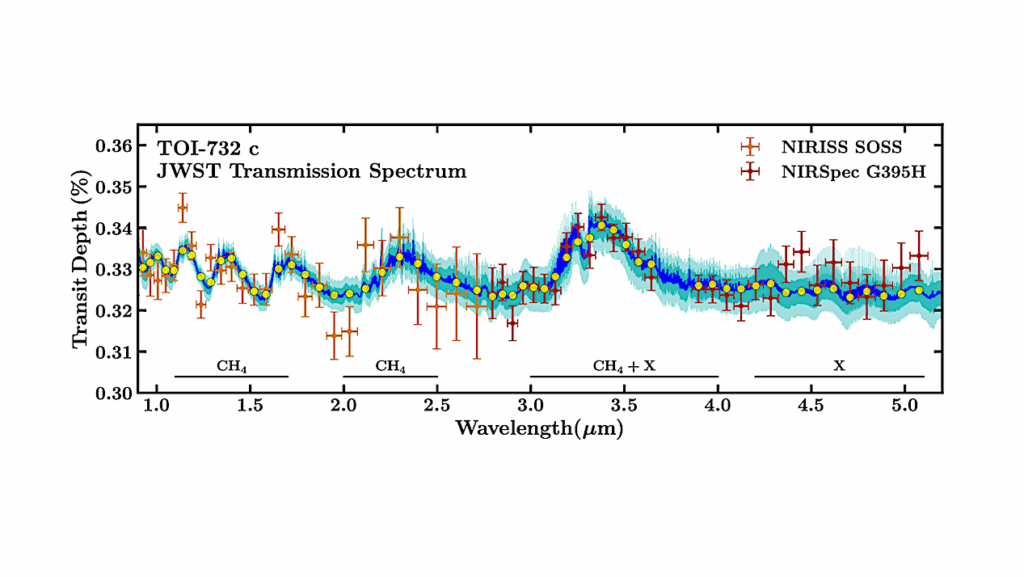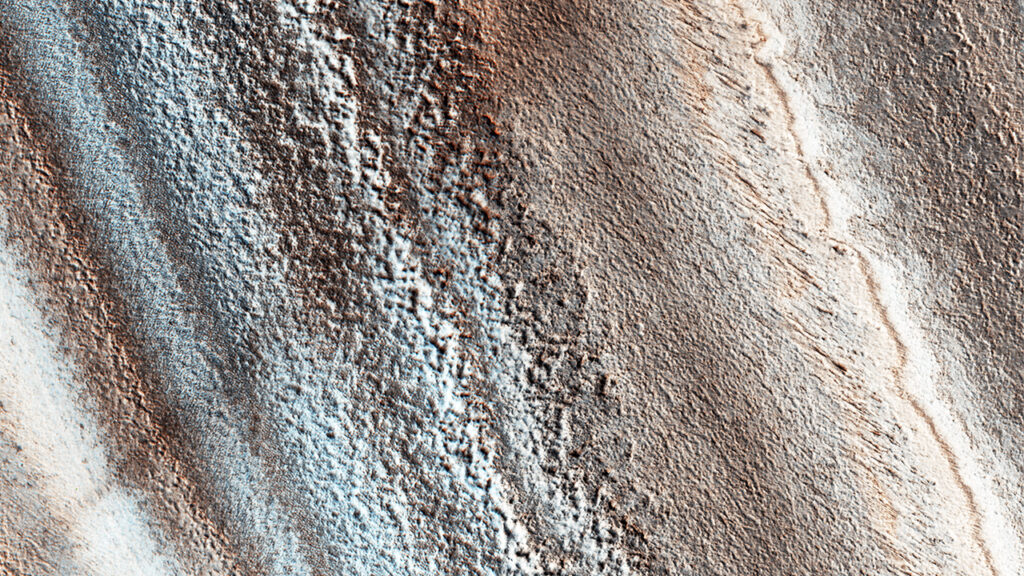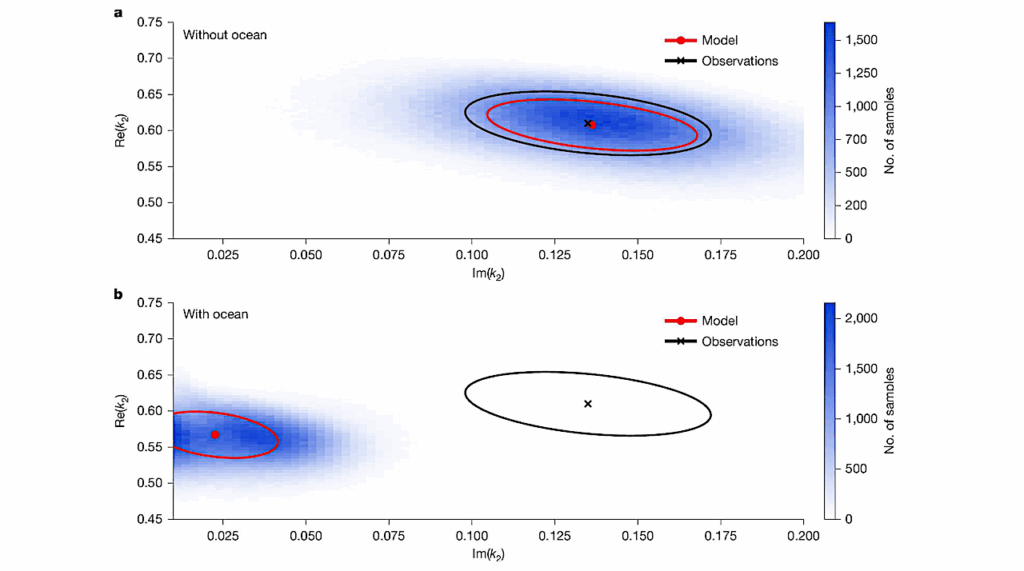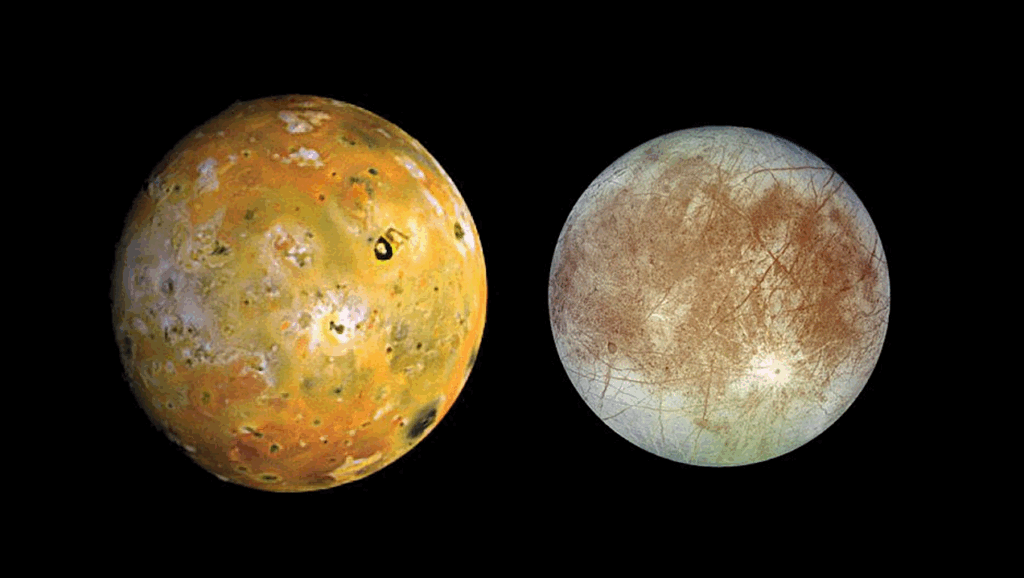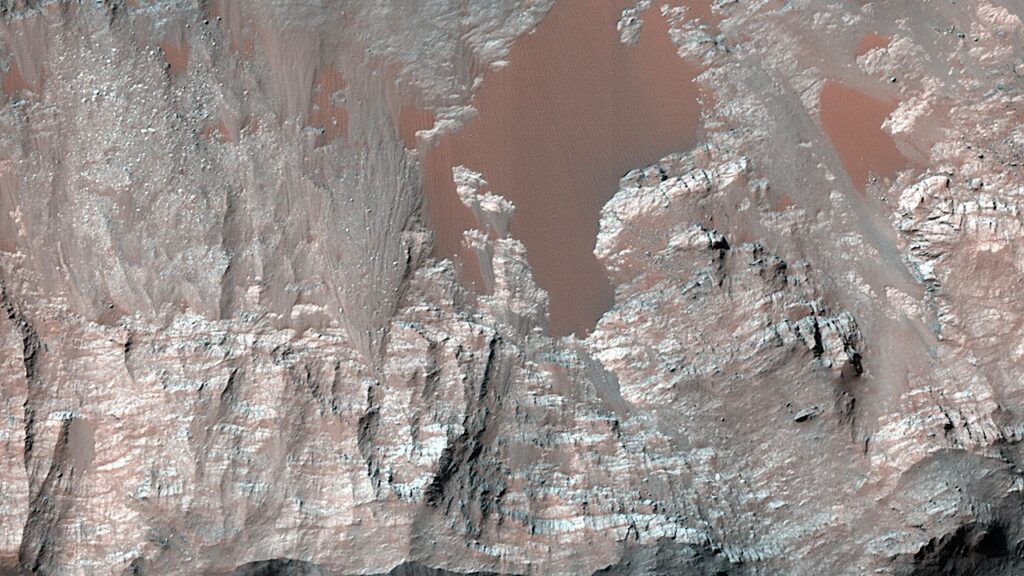Seasonal and Diurnal Variability of Atmospheric Pressure in Jezero Crater, Mars, from MEDA Measurements on the Perseverance Rover
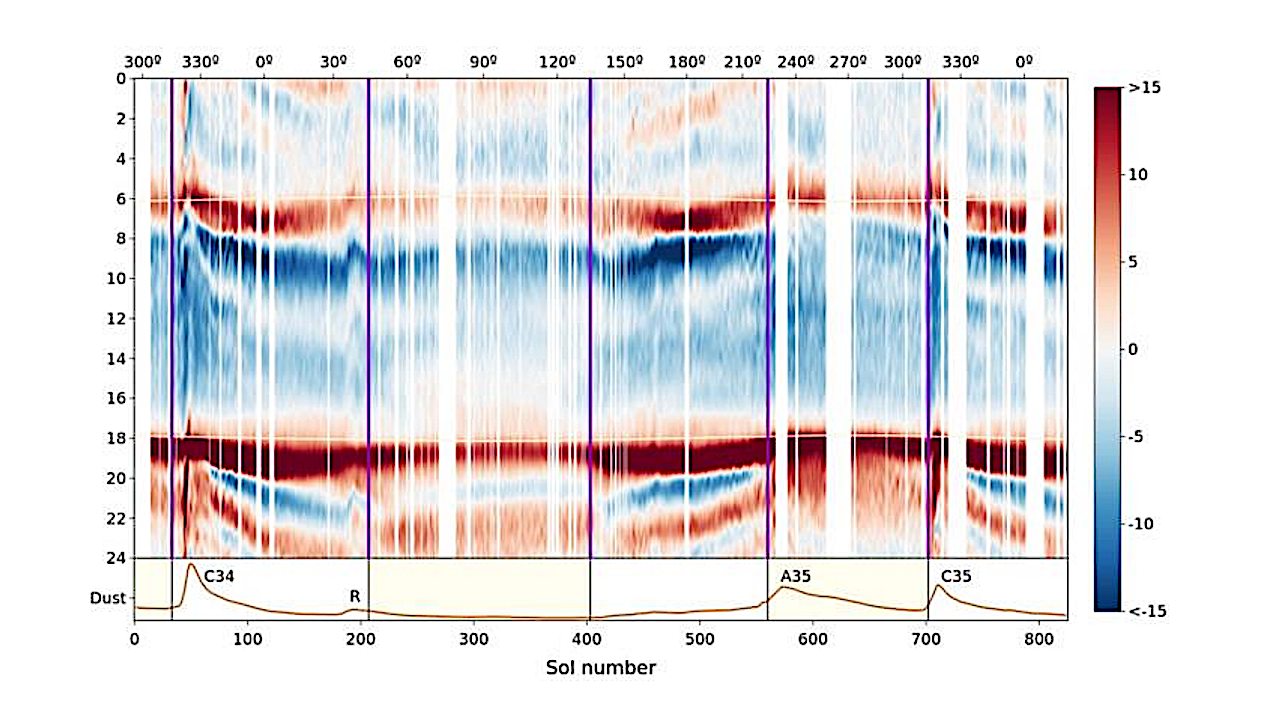
We present an analysis of atmospheric pressure variability inside Jezero Crater on Mars based on measurements from the MEDA meteorological station aboard NASA’s Perseverance rover.
Pressure data from Sols 182, 361, 504, and 658 reveal seasonal and diurnal fluctuations linked to solar insolation, CO2 condensation and sublimation cycles, and local geomorphology.
During Sol 504, an unexpected pressure increase was recorded despite coinciding with the onset of northern winter, suggesting the influence of perihelion and dust-related thermal tides. Statistical parameters such as mean, standard deviation, and amplitude show that Jezero exhibits larger diurnal pressure swings than Gale Crater, mainly due to its lower latitude and topographic confinement.
These results demonstrate the strong coupling between Martian atmospheric dynamics, orbital configuration, and local topography, and illustrate the value of MEDA data for characterizing short-term and seasonal variations in the Martian boundary layer.
Julio Carlos Bertua Marasca, Homer Davila Gutierrez, Josue Ismael Mosquera Hadatty
Comments: 11 pages, 7 figures, 1 table. Independent study based on public MEDA data from NASA’s Planetary Data System (PDS) processed in Python. Not peer-reviewed
Subjects: Earth and Planetary Astrophysics (astro-ph.EP)
Cite as: arXiv:2511.09743 [astro-ph.EP] (or arXiv:2511.09743v1 [astro-ph.EP] for this version)
https://doi.org/10.48550/arXiv.2511.09743
Focus to learn more
Submission history
From: Homer Davila Gutierrez
[v1] Wed, 12 Nov 2025 21:20:21 UTC (537 KB)
https://arxiv.org/abs/2511.09743
Astrobiology,


